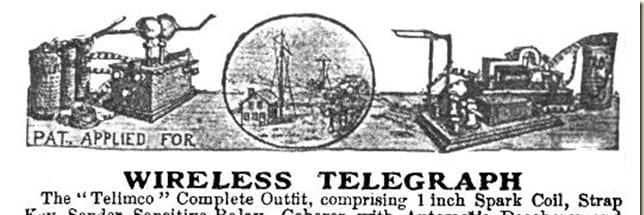Our study explores the discursive strategies of legitimation that organizations employ as they occupy different positions in an emergent institutional field. By examining both the frame-alignment strategies and the frame targets of two organizations in the U.S. wireless telegraphy field, we show how an organization’s position – and its positional changes over time – affects the discursive strategies it uses to promote or protect its goals in the face of pressure from other field actors. Our results indicate that three distinct field positions – peripheral, central, and niche – are associated with three different legitimation strategies – which we label “robust,” “co-optive,” and “focused” – around which the discursive strategies coalesced. Organizations at the periphery attempt to break in to a field by employing a diverse range of frame-alignment strategies targeted toward a variety of relevant field actors. Those in a central position target fewer actors, but pursue a similar variety of frame-alignment strategies. Those in a niche position use fewer alignment strategies and target a smaller number of field-level actors. Our study enriches the literature on discursive strategies of legitimation by focusing on the ways in which central and non-central actors employ them, and the ways in which these strategies evolve alongside the field itself. More broadly, our work contributes to our understanding of discursive skills required to confront complex institutional pressures. These efforts depend on the interactive nature of discursive strategies from the vantage point of different field positions.
Reference:
Phillip H. Kim, Grégoire Croidieu, and Stephen Lippmann. 2017. Responding from that Vantage Point: Field Position and Discursive Strategies of Legitimation in the U.S. Wireless Telegraphy Field, Organization Studies, 37(10): 1417-1450, first published June 15, 2016: http://journals.sagepub.com/doi/abs/10.1177/0170840616634132


